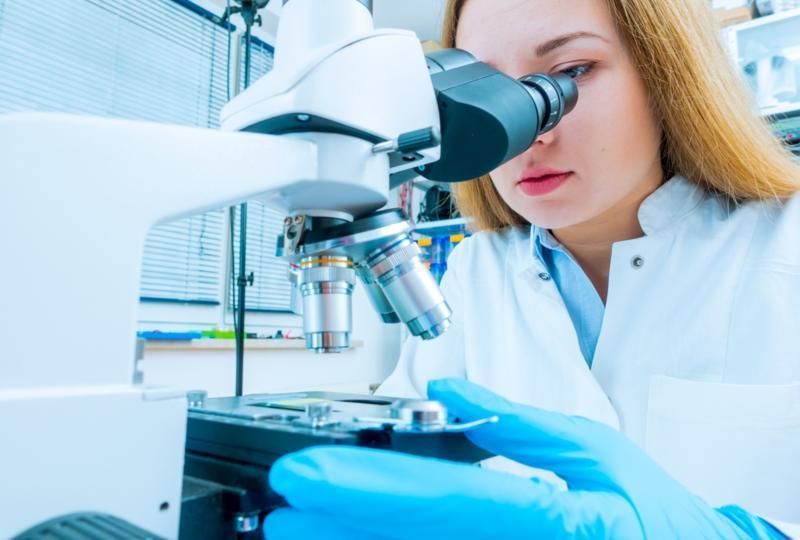Parkinson's Disease: The Search for a Cure in Space
Michael J. Fox Foundation in collaboration with the Center for the Advancement of Science in Space
Stefan Knapp, Ph.D. and Sebastian Mathea, Ph.D., who were funded by the MJFF, prepared an LRRK2 protein for transfer and crystallization on the ISS. They have been studying the LRRK2 gene and its significant negative effects when mutated, as well as the positive reactions of the brain cells when the mutation is inhibited. For them to further study the proteins, they need to be able to see its detailed structure.
For them to see the structure of these proteins, they use an X-ray machine or a method called X-ray crystallography. However, they first need to create crystals that are of high quality. Mathea reportedly commented that the quality of the crystals that they have created are not big enough to be used as a basis for the protein’s structure. This is factored into the Earth’s gravity that interferes with the growth of the crystals.
In an environment with microgravity, the LRRK2 sample that the team has sent to International Space Station (ISS) is expected to produce the desired size. Their hypothesis is that the crystals will grow without the Earth’s gravity’s interference. In about a month’s time, the LRRK2 protein samples are expected back with the returning SpaceX Dragon Spacecraft and the team will then analyze the samples.
